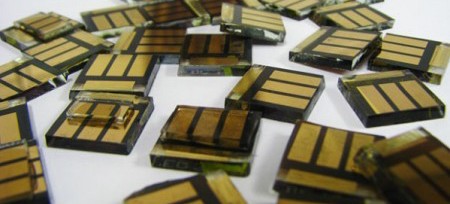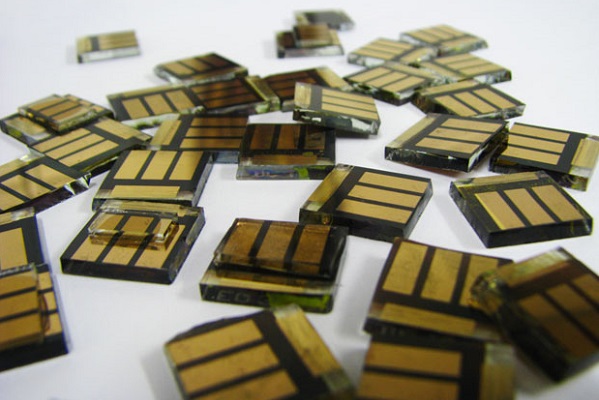The material Perovskite continues to be a marvel with its distinct crystal structure, and flexible properties.
The rush to develop non-toxic solar cells made of perovskite material is believed to one day be the solution to manufacturing less expensive solar capturing substrates for electricity generation.
The uniqueness of this perovskite material is attributed to the band gap within the substance which can be adjusted by changing its compositions to access different parts of the sun’s spectrum.
Even better is the fact that in just four years, perovskite conversion efficiency (the rate to convert light into electricity) has increased from 3.8 percent in 2009 to almost 16 percent in 2014.
This excitement comes with an environmental drag since–lead (Pb)–is the main element in perovskite. This means the perovskite material may be very toxic for the environment.
So researchers have been working on ways to replace this lead with tin as a non-toxic alternative to current perovskite solar-cell technology.
This could also improve the efficiency of multi-junction cells made from perovskite, plus allow the finished solar cell to better withstand high humidity.
Following this path, researchers at UK’s University of Oxford published an article titled Lead-Free Organic-Inorganic Tin Halide Perovskites for Photovoltaic Applications in which they discuss experimenting on tin-halide perovskite solar cells.
Replacing lead with Tin is not only environmentally friendly but makes it considerably cheaper to manufacture when compared to conventional silicon solar cells in the market today.
Read the full publication here (it may or may not be free–depending on your geographic region).
















Comments